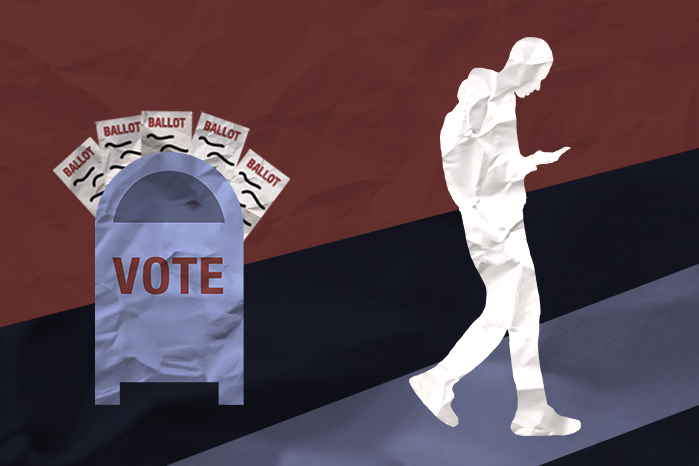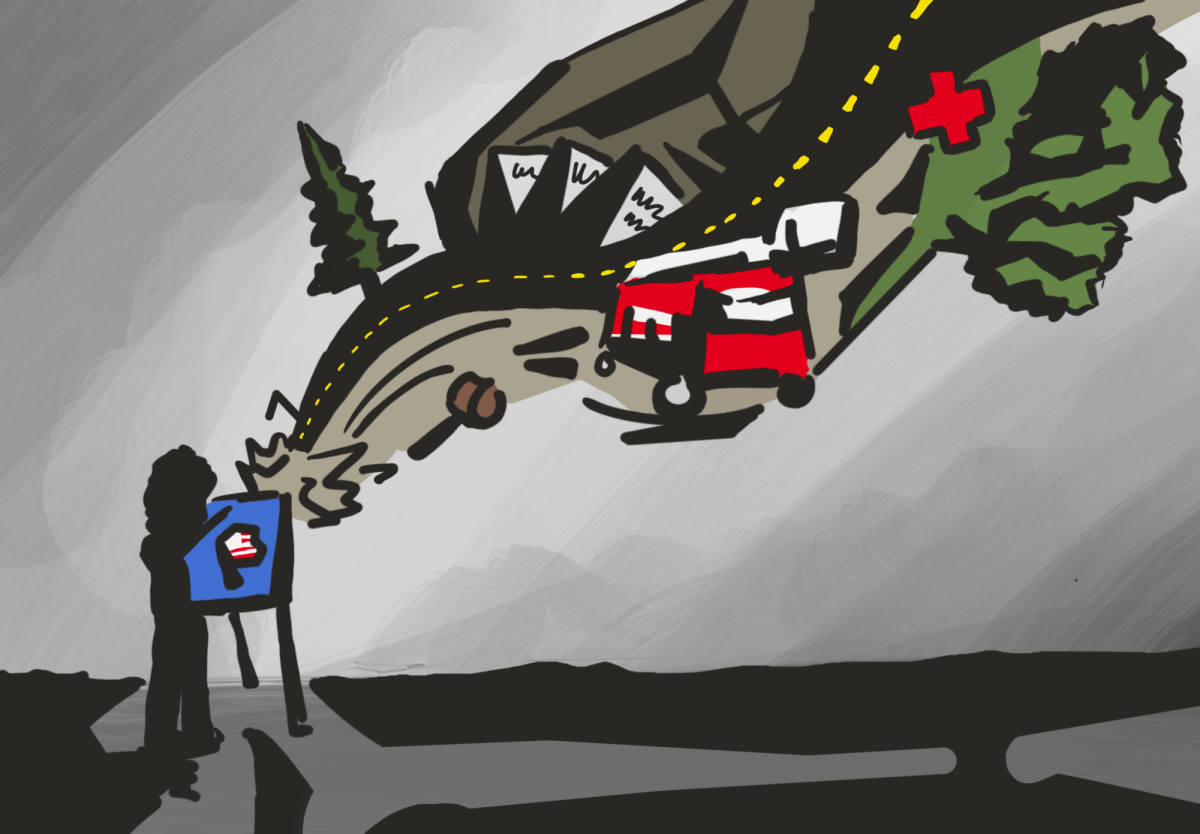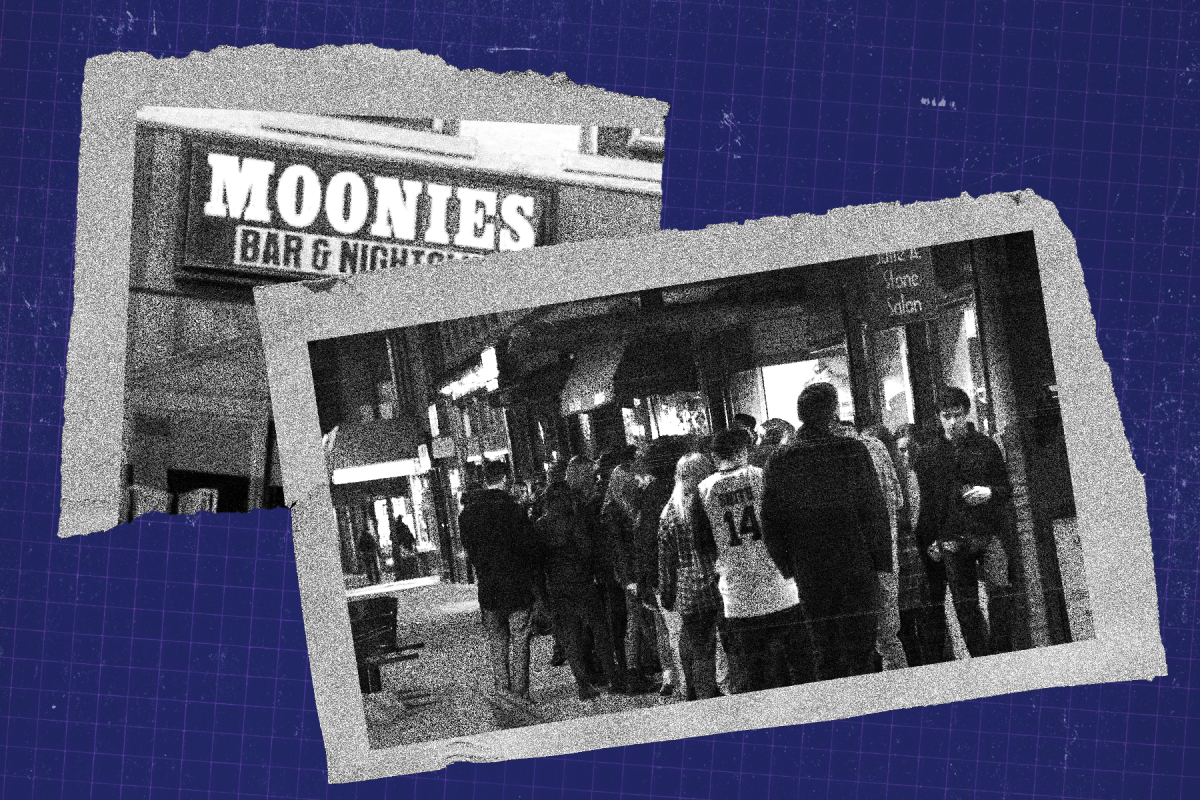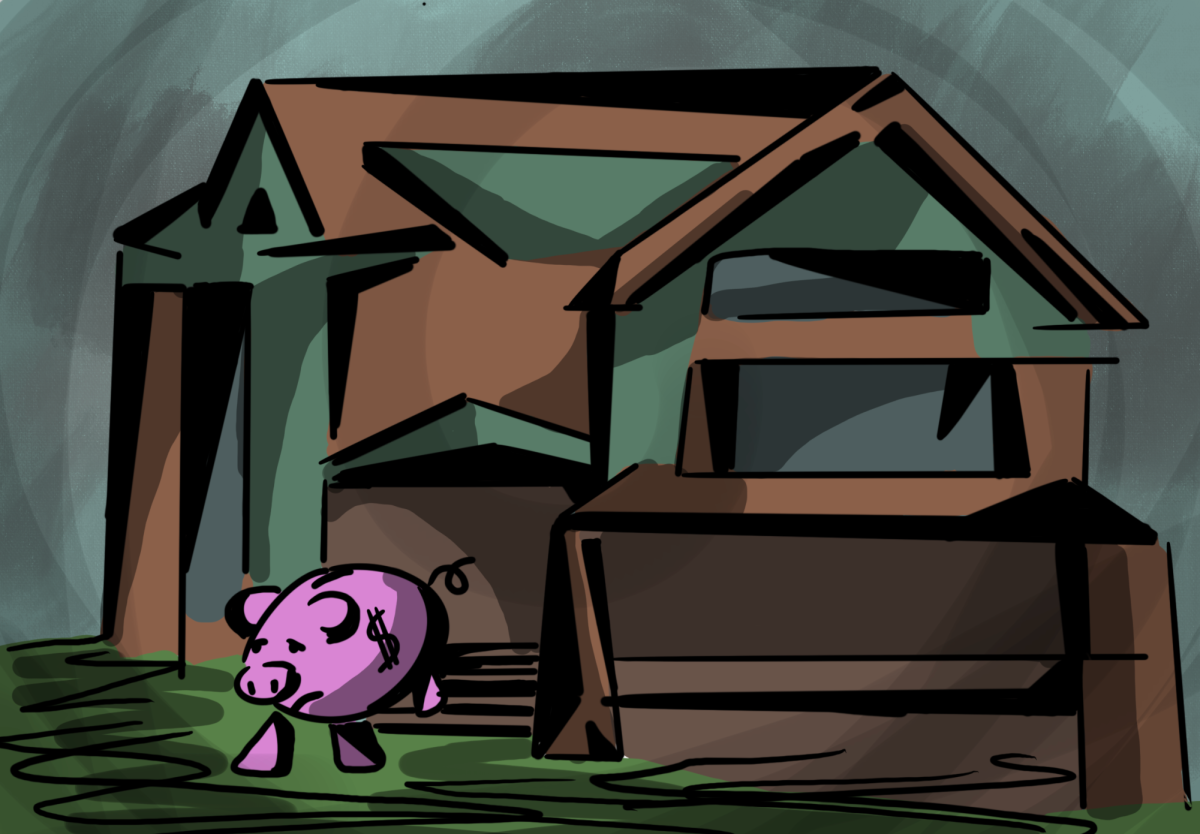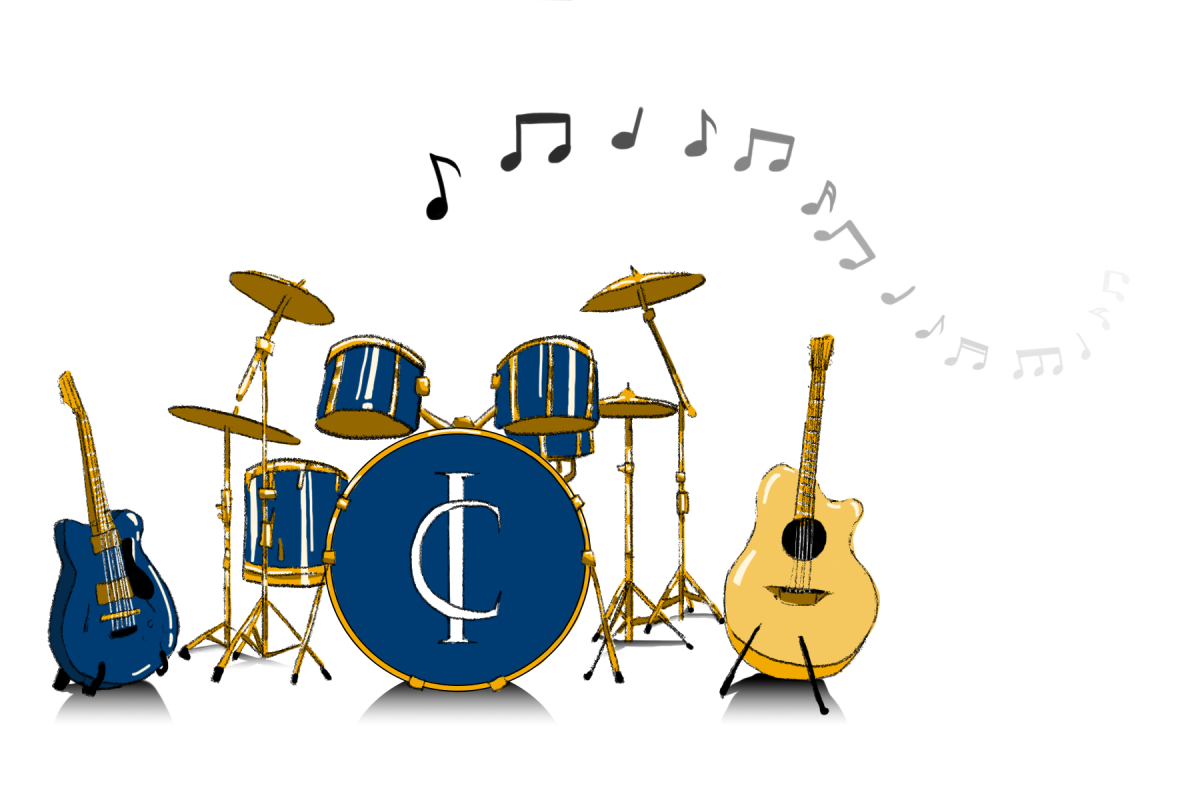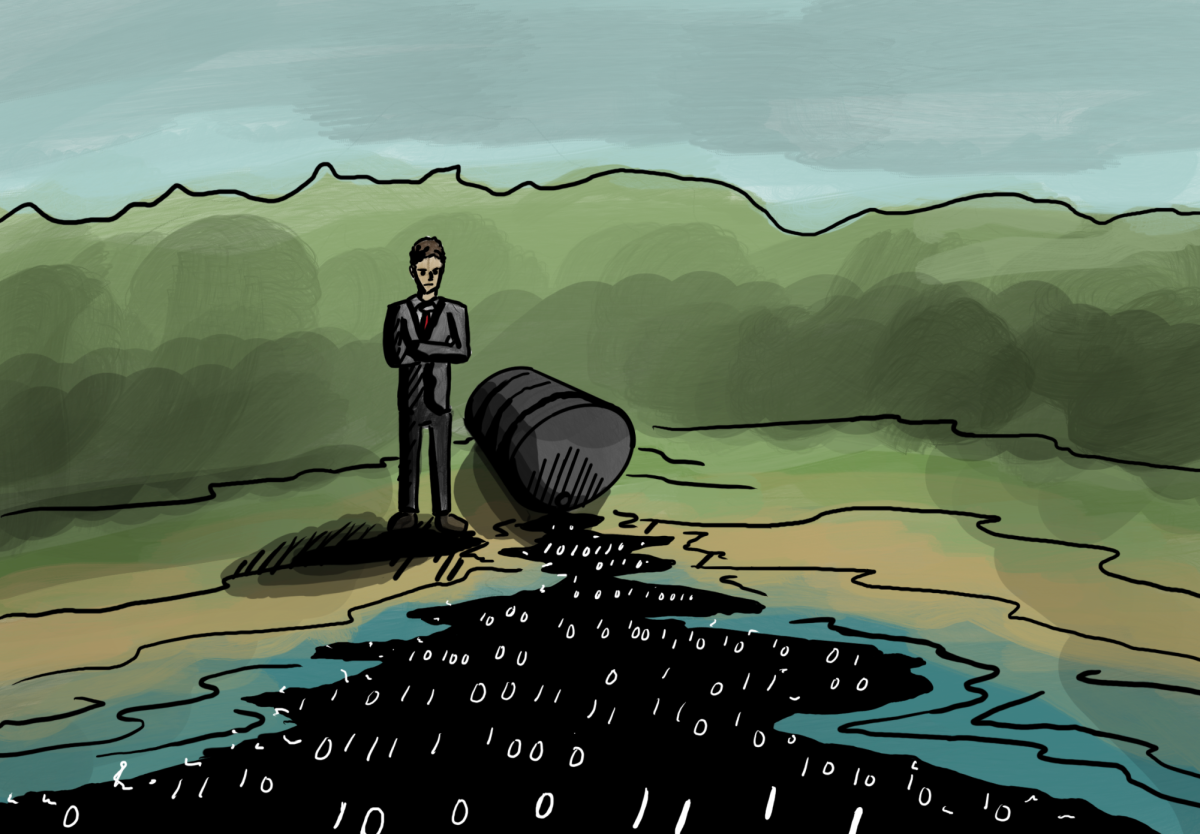Skating can get a bad rap. When images of raucous youth, property damage and dangerous public maneuvers are stuck in people’s minds, it’s hard to picture the good that can come of the hardcore grunge culture.
But it’s time to look beyond stereotypes leftover from bygone eras to see how skaters are doing exactly what many groups have never done: creating an accepting community. Despite being potentially physically isolating as a solo sport, the culture that skating can create, especially in Ithaca, is one that promotes collaboration. The Ithaca Skate Park is a gathering place for people of different backgrounds. Ithaca Roller Derby has shown support for many different communities.
Skating is about expression, from the music skaters play to the art and stickers on boards, quads and helmets. Skating is about identity, whether that’s finding it for oneself or guiding others in their journeys. Skating is about confidence, knowing that no matter how hard the wipe-out is, someone is there to help with recovery.
Especially in the LGBTQ+ community, skating can be a way to connect with people who offer validating perspectives about being queer. Skate culture hasn’t always been accepting, though, which means it takes conscious effort to keep skating from excluding marginalized groups.
Especially now, with the rolling back of Diversity, Equity and Inclusion initiatives at a federal level, there are fewer and fewer places for members of the LGBTQ+ community to feel safe expressing themselves. The confidence inspired by skateboarding and roller derby helps people find their track in life.
Because of their experiences in the skating community, many skaters across the country have gone on to make their own contributions to LGBTQ+ acceptance in and beyond skate parks. Community inclusion doesn’t just inspire LGBTQ+ skaters to advocate for themselves. It empowers them to advocate for others, whether they skate or not.
Skate communities are making an impact by providing support for each other, but skaters need that same support from cities. Investing in safe skate infrastructure is one part of it. The other part is providing well-funded, accessible resources for members of diverse communities, so that when skaters show up for each other, the Ithaca community can ride with them.



